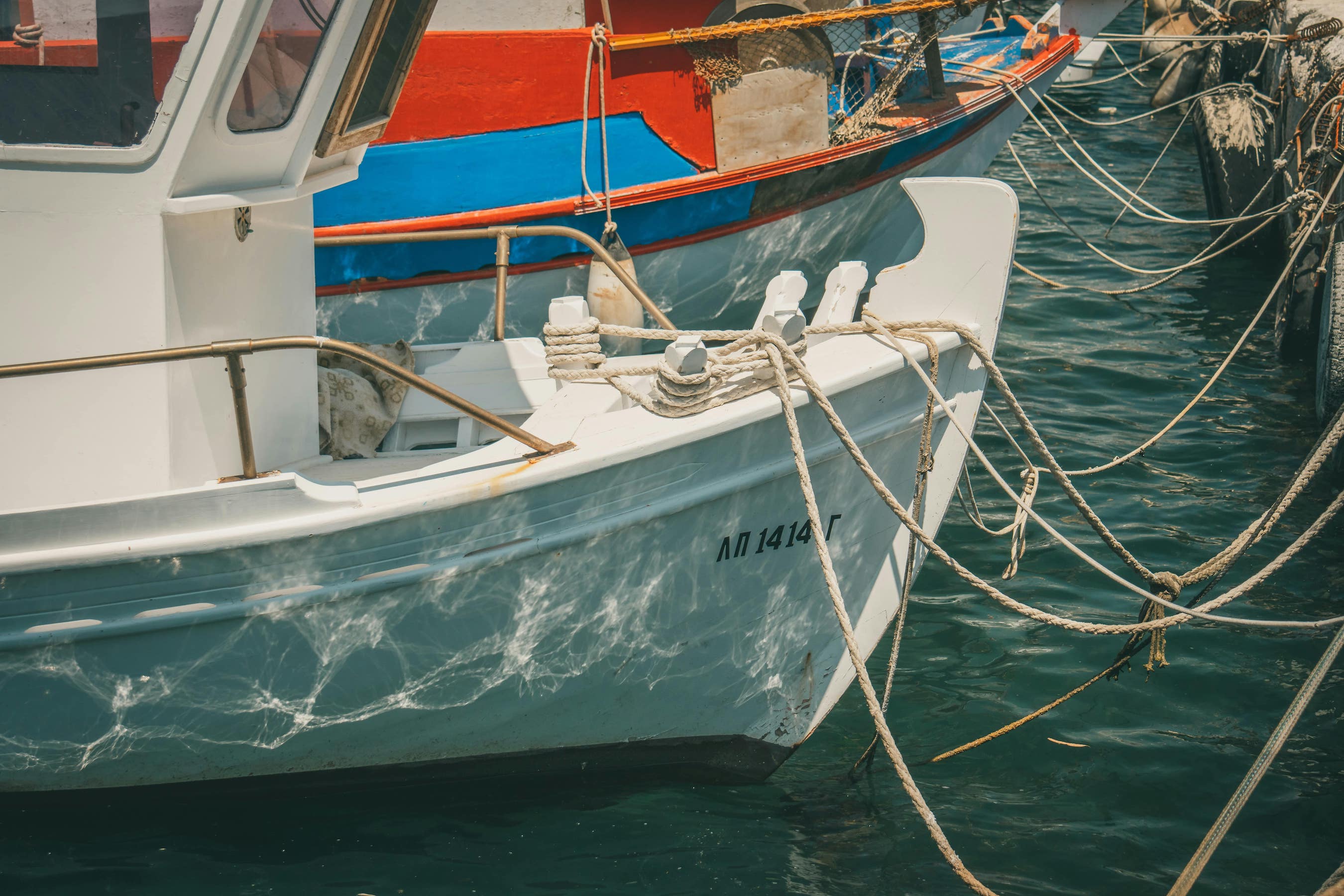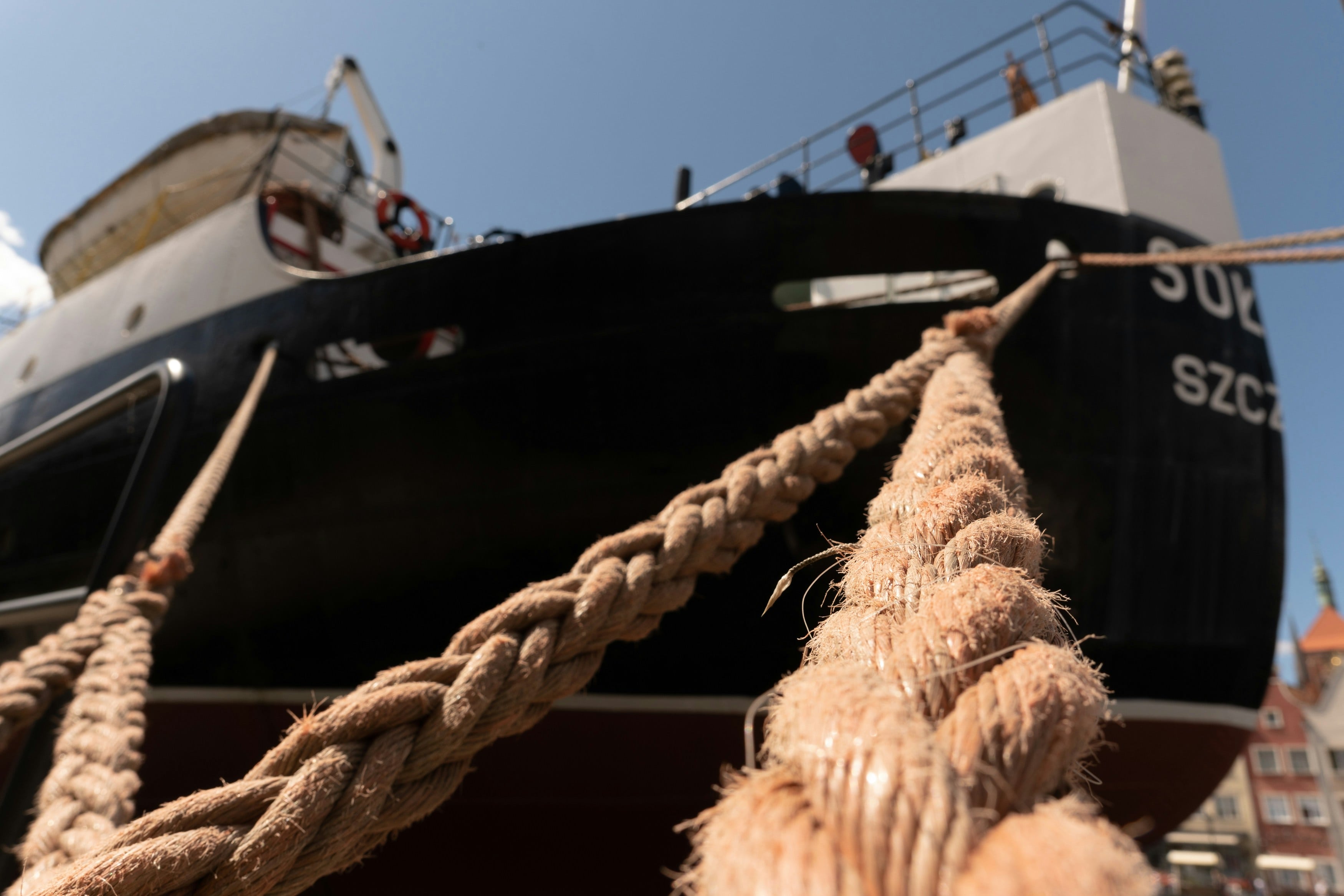Today, boat theft is a scourge in constant progression that affects many owners across France and Europe. According to maritime insurance statistics, cases of boat thefts have increased by almost 15% in recent years, especially in the busy Mediterranean and Atlantic regions. This upsurge is explained by the growing market value of modern boats, often equipped with expensive electronics and powerful engines. For owners, the consequences go far beyond the financial aspect: loss of a property that is often emotionally charged, administrative hassles, increased insurance premiums and a feeling of insecurity. Faced with this growing threat, prevention is becoming essential. Fortunately, effective solutions exist to protect your boat, ranging from basic measures to the most advanced technologies. Let's discover together how to secure your boat and sail with peace of mind.
Understanding the risks of boat theft
Why are boats an easy target?
Boats have several characteristics that make them particularly attractive targets for thieves. First, their high market value is a determining factor. A modern pleasure boat can represent an investment of several tens of thousands of euros, with electronic equipment, engines and accessories that can be easily resold on the parallel market.
Accessibility is the second major risk factor. In most marinas and anchorages, boats remain easily accessible to the public. Unlike land vehicles parked in closed car parks, boats are often docked in open areas, sometimes even accessible day and night without strict access control.
Weak standard security makes this vulnerability worse. Many boats only have basic locks or unsophisticated locking systems, which are designed more to withstand bad weather than break-in attempts. Traditional moorings can be cut quickly, and the lack of alarm systems on many boats makes it easier for criminals to operate.
The areas and periods most at risk
Some environments particularly concentrate robbery attempts. Ports that are very busy during the high tourist season represent sensitive areas. The crowds mask suspicious activities, and the high turnover of boaters complicates natural surveillance between pontoon neighbors.
Isolated anchorages are also prime targets. Although sought after for their peace of mind, these remote locations offer thieves the ability to operate undisturbed. The absence of witnesses and the remoteness of emergency services give them the time they need to carry out their misdeeds.
Geographically, some French coastal regions have a greater concentration of flights. The Côte d'Azur, the Atlantic coast and some Corsican ports are among the most affected areas. Our experience at Oria Marine allows us to observe that 60% of security requests come from owners sailing in these at-risk regions, particularly between May and September.
Basic preventive measures
Securing your boat well at the port
Port security starts with a rigorous check of moorings and attachment points. Check the condition of your ropes regularly and replace them at the first signs of wear. Use tough marine-grade moorings that are thick enough to discourage rapid cutting. Chains can be a more secure alternative for some attachment points, although they require heavier handling.
The installation of padlocks and locks specifically designed for the marine environment is essential. Salty and humid conditions quickly degrade standard locks. Invest in stainless steel or anti-corrosion padlocks with protected mechanisms. Secure all accesses: hatches, deck boxes, engine compartment and cabin.
The choice of port location has a significant impact on your security level. Prefer seats in ports equipped with surveillance, even if this represents an additional cost. The presence of night-time security, surveillance cameras and access controls effectively deter attempted robberies. Avoid isolated locations at the end of the pontoon or in poorly lit areas.
Vigilance during anchorages
The choice of your anchorages requires particular attention. Choose areas frequented by other boaters, where mutual surveillance comes naturally into play. Totally deserted bays may seem idyllic but expose your boat to covetousness. Ask locals and other sailors about the reputation of the anchorages you are considering.
Absolutely avoid leaving your boat unattended for extended periods of time in an isolated anchorage. If you have to be away for several days, prefer to return to port or entrust the surveillance to another trusted boater. The golden rule is to never leave a boat alone for more than 24 hours in an unfrequented anchorage.
Advanced safety devices
Alarms and detection systems
Modern burglar alarms offer active protection against break-in attempts. These systems detect the forced opening of accesses and trigger a powerful siren to deter intruders and alert people in the area. Choose models that are specifically designed for the marine environment, resistant to humidity and spray.
Motion detectors effectively complement this device. Installed in the cabin or on the deck, they capture suspicious movements and activate deterrent sound systems. Some models incorporate LED projectors that brightly illuminate the area, creating a surprise effect that is particularly dissuasive for thieves who prefer discretion.
GPS trackers and smart beacons
Real-time tracking is one of the most effective innovations in the fight against boat theft. Modern GPS trackers allow you to precisely locate your boat at any time via a mobile application. This technology is particularly useful for recovering a stolen boat, as it guides law enforcement directly to its position.
The other major advantage of these systems is the immediate alert in case of suspicious movement. As soon as your boat leaves its usual position without authorization, you will receive a notification on your smartphone. This responsiveness makes it possible to quickly alert the authorities and maximizes the chances of recovery before the boat is moved too far or dismantled.
Video surveillance and connected solutions
Embedded cameras with remote access are revolutionizing boat surveillance. These systems allow you to visualize the status of your boat in real time from any location with an internet connection. The high definition image quality makes it easy to identify possible intruders and is valuable evidence in case of theft or damage.
Integration with mobile applications unifies the management of all your security systems. A single interface gives you access to cameras, alarms, GPS tracking and the various sensors installed on board. This centralization simplifies monitoring and allows a rapid reaction in the event of an alert. The Oria Marine IoT box excels in this integration by offering a complete solution that connects all these elements in a coherent and easy-to-use ecosystem.
Good practices to adopt on a daily basis
Key management and access
The fundamental rule is to never leave the keys on board your boat. This practice, which is unfortunately still common, considerably facilitates the work of thieves. Even hidden in what you think is a safe hiding place, keys left on board are a major risk. Experienced thieves know the usual hiding places and know where to look.
The use of secure vaults or specialized services is the recommended alternative. Some ports offer security services including keeping keys in safes. This solution, at a low cost, completely eliminates the risk of theft by using the original keys. For extended cruises, invest in a marine safe that is securely attached to the boat's structure.
Discretion and confidentiality
Discretion about your extended absences is an often overlooked aspect of safety. Avoid publicly disclosing your periods of absence, whether to casual acquaintances at the port or during conversations at local nautical businesses. Information about your whereabouts can be used by people with bad intentions to program their misdeeds.
The limitation of information shared on social networks deserves particular attention. Real-time publications revealing your location or announcing your return to shore unintentionally provide information on when your boat remains unattended. Prefer to share your sailing experiences afterwards, when you are back with your boat.
Insurance and administrative procedures
Checking the theft guarantees in your insurance contract is an essential step. Not all contracts cover boat theft under the same conditions, and some specifically exclude theft in certain geographical areas or during extended anchorages. Carefully analyze the terms of your contract and do not hesitate to negotiate warranty extensions if necessary.
Keeping boat documents in a safe place greatly facilitates the procedures in case of theft. Keep copies of the francization act, invoices for the purchase of equipment, recent photos of the boat and its equipment in a place separate from the boat. These documents speed up insurance procedures and help law enforcement with their research.
Conclusion
Effective protection against boat theft is based on the right combination of basic preventive measures and modern safety equipment. No isolated solution guarantees absolute security, but the combination of daily best practices, connected surveillance equipment and alert devices is the best protection strategy. Today's technologies, such as GPS tracking systems and remote video surveillance, offer ways of protection that were unthinkable a few years ago.
Anticipation remains your best asset to navigate with complete peace of mind. Investing in securing your boat represents a ridiculous cost compared to the financial and emotional consequences of a flight. Our customers at Oria Marine regularly testify to their peace of mind after installing our connected solutions, allowing them to fully enjoy their passion without the constant worry that ruins the pleasure of sailing.
FAQ: How do you protect your boat against theft?
What are the most secure ports in France?
The most secure ports are generally those equipped with access controls, night-time security and video surveillance. Among the best protected are the ports of Monaco, Cannes, Antibes on the French Riviera, La Rochelle and Les Sables-d'Olonne on the Atlantic coast. These facilities invest heavily in security because their reputation depends on it.
Is a GPS tracker really effective against boat theft?
The GPS tracker is very effective in recovering a stolen boat, with a success rate of over 80% according to insurance statistics. It also deters experienced thieves who are aware of the existence of these technologies. However, it must be installed discreetly and complemented by other security measures for optimal protection.
What budget should be planned to properly secure a boat?
The budget varies according to the size and value of the boat. For basic security (marine locks, padlocks, lighting), count between 200 and 500 euros. Complete security including alarm, GPS tracker and cameras represents an investment of 1000 to 3000 euros, or less than 2% of the value of a 100,000 euro boat.
What insurance covers boat theft?
Most boating insurance includes a theft guarantee, but with varying conditions. Check geographic exclusions, franchises, and security requirements. Some insurers require specific safety equipment beyond a certain value threshold. Insurance specialized in boating generally offers more comprehensive guarantees.
What should you do immediately if your boat has been stolen?
Contact the police or the gendarmerie immediately to file a complaint, then notify your insurer within 24 hours. If your boat is equipped with a GPS tracker, communicate its location to law enforcement. Also alert the ports and marinas in the region, as well as the networks of boaters on social networks to increase the chances of reporting.









